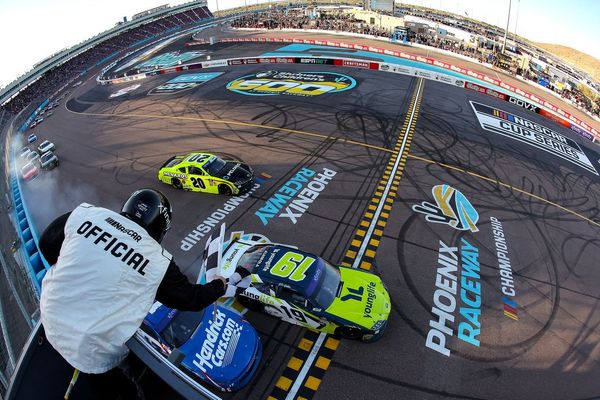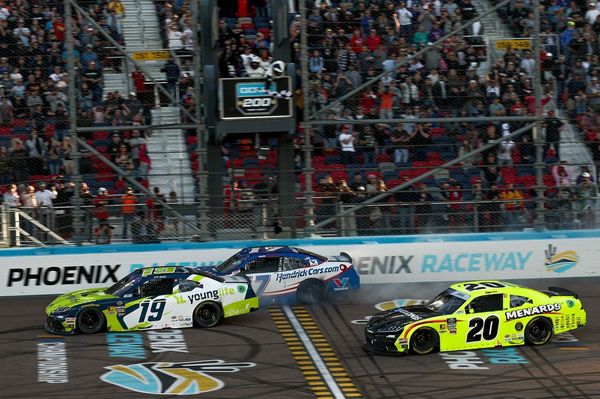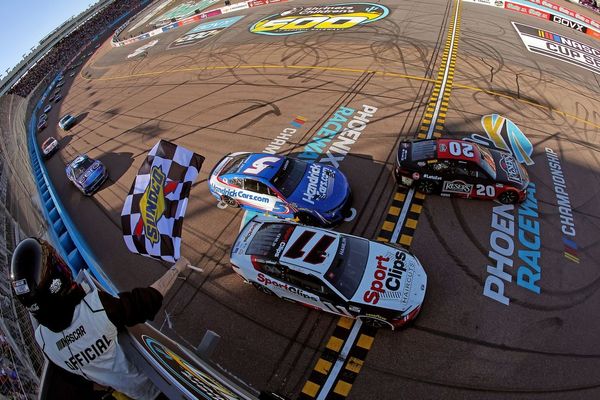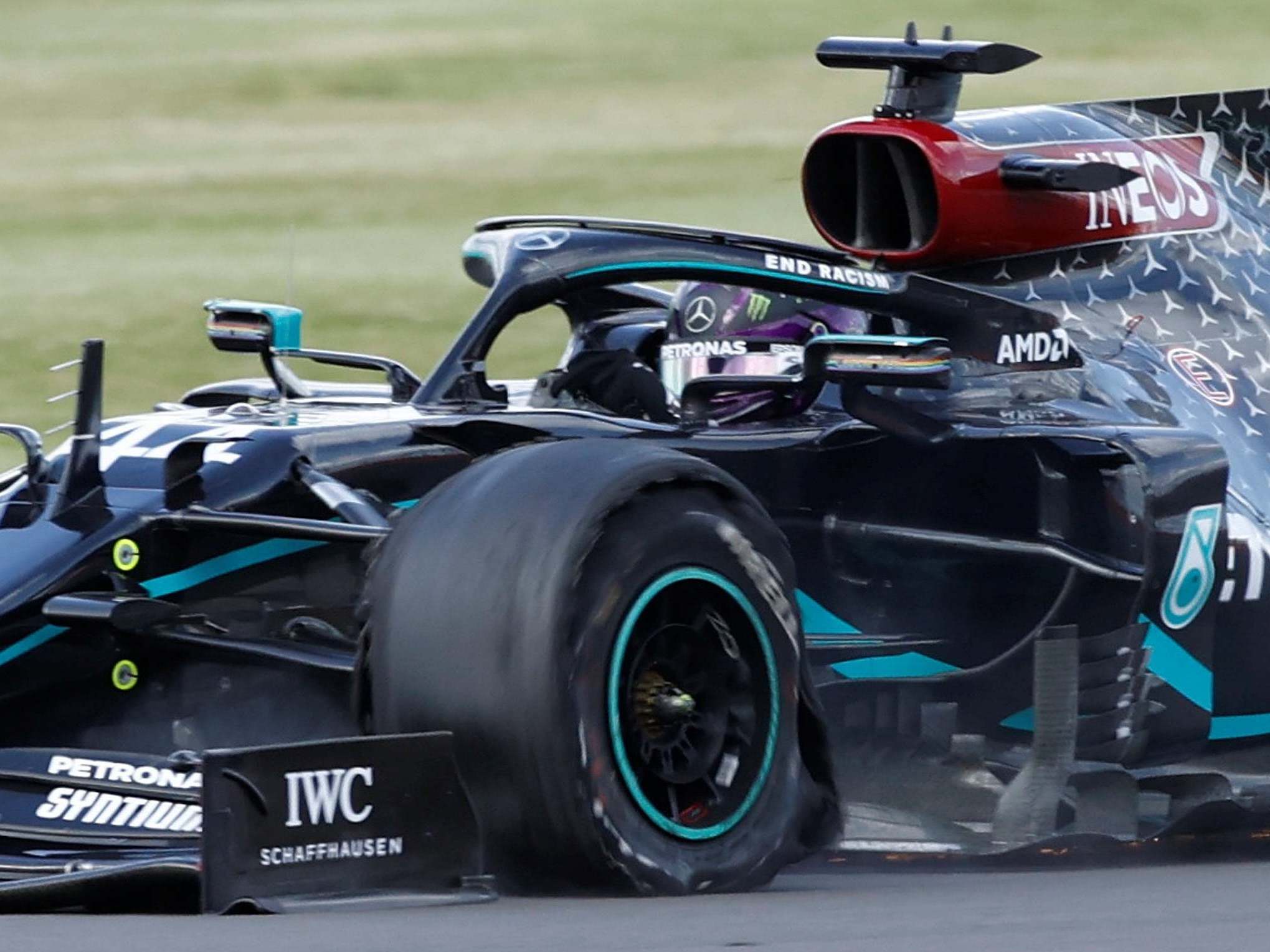
Pirelli have contradicted Lewis Hamilton’s belief that debris caused his dramatic late puncture after an investigation concluded that Mercedes pushed their tyres too long during the British Grand Prix.
Punctures for Hamilton, Valtteri Bottas and McLaren driver Carlos Sainz in the final laps of last Sunday’s Grand Prix prompted fears that a repeat of the 2013 tyre debacle was unfolding, when the Pirellis were exposed by the Silverstone kerbs to produce numerous tyre blowouts.
Hamilton himself believed that the front wing failure on Kimi Raikkonen’s Alfa Romeo was to blame, with the eventual race winner reporting debris on the run from Maggots to Stowe after the failure shredded the Finn’s tyre.
But the results of a post-race investigation confirmed that teams had pushed the hard compound tyre to the end of its lifespan by choosing to pit earlier than advised, with teams taking advantage of the safety car period caused by Daniil Kvyat’s crash to take an early free pit stop.
“The key reason is down to a set of individual race circumstances that led to an extremely long use of the second set of tyres,” Pirelli said in a statement.
“The second safety car period prompted nearly all the teams to anticipate their planned pit stop and so carry out a particularly long final stint, around 40 laps, which is more than three-quarters the total race length on one of the most demanding tracks of the calendar.
“Combined with the notably-increased pace of the 2020 Formula One cars (pole position was 1.2 seconds faster compared to 2019) this made the final laps of the British Grand Prix especially tough, as a consequence of the biggest forces ever seen on tyres generated by the fastest Formula One cars in history.
“The overall result was the most challenging operating conditions for tyres. These led to the front-left tyre (which is well-known for working hardest at Silverstone) being placed under maximum stress after a very high number of laps, with the resulting high wear meaning that it was less protected from the extreme forces in play.”
Those fears will be carried through to this weekend’s F1 70th Anniversary Grand Prix as Pirelli will deploy a softer range of tyres in an effort to shake things up. Having used the C1, C2 and C3 compounds last weekend, teams will be able to use the softer C2, C3 and C4 tyres in an effort to provoke more pit stops and unexpected drama.
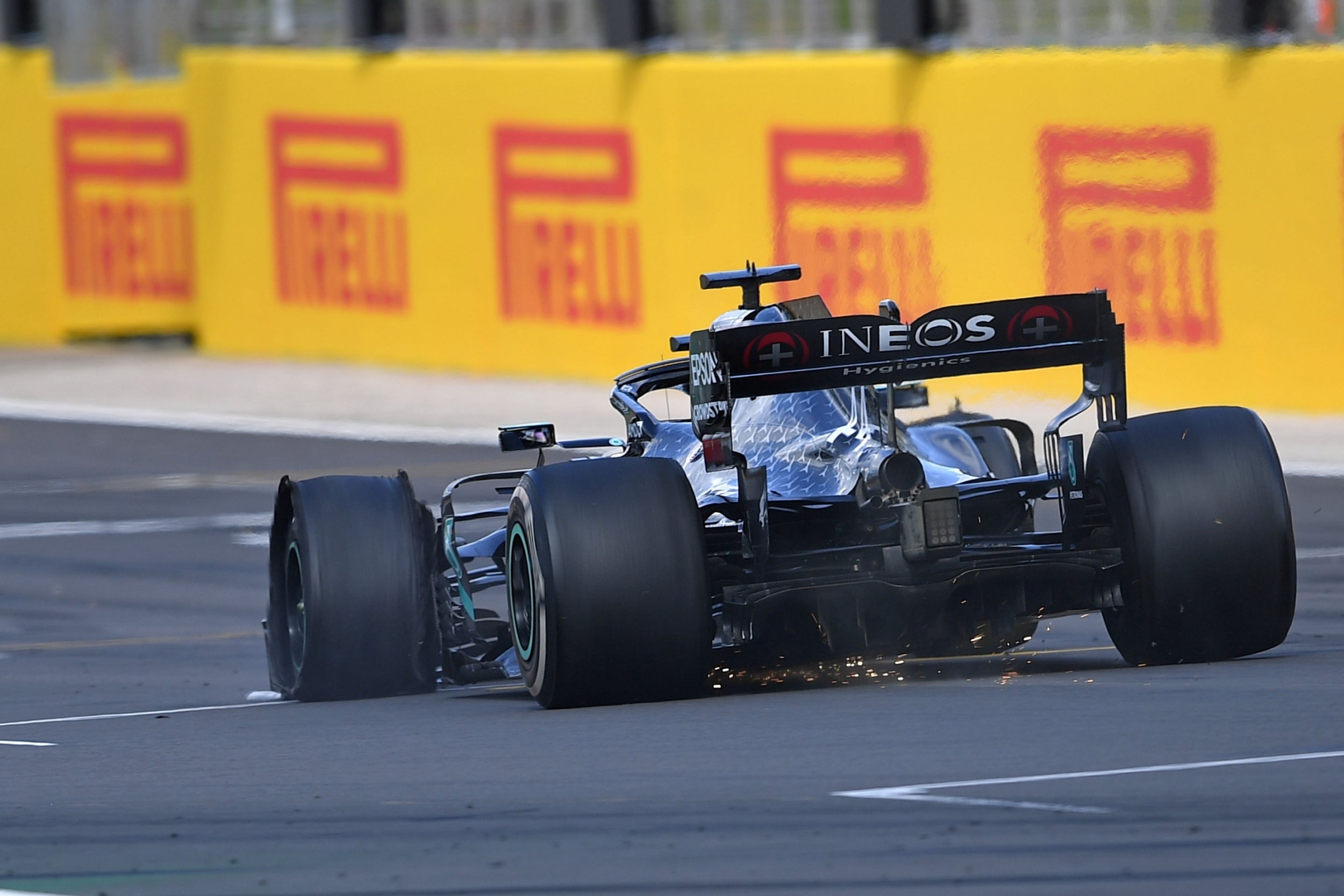
However, Hamilton was not so convinced when he was asked for his understanding of the tyre failure, with the current championship leader in strong belief that shards from Raikkonen’s car were to blame.
“I'm convinced that it probably was debris,” Hamilton said. “There was a lot of debris on the track, there was one car ahead of me, it may have been Kimi or someone like that, that lost his wing, came off right in front of me on one of the laps.
“From the safety car (on lap 12), there was debris all the way through into Maggots and Becketts. I don't think that was cleaned up.
“The tyre was working totally fine, to the point I think I could have pushed and done some decent laps towards the end pace-wise, but fortunately I didn't.
“Moving forwards, we'll look into how we can do better. But honestly I think as you could see with my pace, my tyre management was spot on.”


